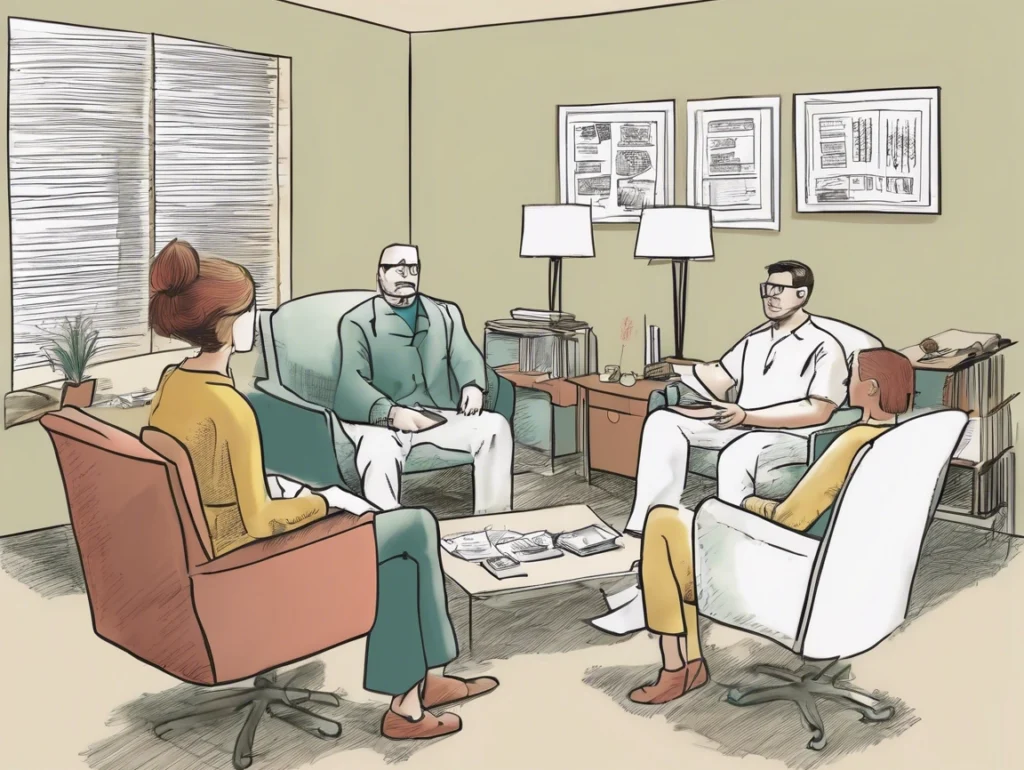California therapists: learn when a solo practitioner also needs a Type 2 NPI, how to request one in NPPES, and how updates trickle down to Medi‑Cal managed‑care plans.
Spoiler: If you’ve incorporated your practice—even as a single‑member LLC—there’s a good chance you need two NPIs, not one. I learned this the tedious way after Blue Shield kicked back a month of claims because my group contract listed an organization NPI I’d never applied for. Here’s the quick‑start guide I wish someone had slid across my desk.
NPI for Therapists: Type 1 vs Type 2 (and When You Need Both)
Type 1 vs Type 2: The Basics
| Type 1 | Type 2 | |
|---|---|---|
| Who | Individual health‑care providers (you, personally) | Health‑care organizations (LLCs, S‑Corps, group practices) |
| # allowed | One per person (ever) | Multiple per organization (one per tax ID/site as needed) |
| Tied to | Social Security Number | Employer Identification Number (EIN) |
| Apply in NPPES | “Apply for an NPI for myself” | “Apply for an NPI for an Organization” |
| HIPAA transactions | Rendered by the individual | Rendered/billed by the entity |
CMS’s NPI Fact Sheet draws the bright line: individuals only get one NPI, while organizations can (and sometimes must) hold several. (cms.gov)
When Solo Practitioners Also Need a Type 2
1. You’re a Professional Corporation or Single‑Member LLC (note: in CA you cannot operate as an LLC)
Even if you’re the only clinician, once you form a legal entity your payer contracts typically list the entity (EIN) as the billing provider. CMS explicitly notes that an incorporated individual “can obtain an NPI for themselves (Type 1) and an NPI for their corporation or LLC (Type 2).” (cms.gov)
E‐claim logic:
- Loop 2010AA (Billing Provider) expects the Type 2 NPI tied to your EIN.
- Loop 2310B (Rendering Provider) carries your Type 1 NPI.
Missing the Type 2 will pass clearinghouse edits but MCPs often deny on the back end.
2. You Employ—or Plan to Employ—Other Clinicians
Once another therapist renders services under your tax ID, payers require a distinct organization NPI so they can track services at the group level. Yes, even if you’re still filing taxes as an S Corp with a single shareholder.
3. You Want to Separate Credentials from Business Ops
Using a Type 2 for contracts keeps your personal NPI off public rosters (some directories scrape NPPES). It also simplifies credentialing: when you rebrand or bring on a partner, you update the org NPI once instead of every clinician’s contract.
How NPPES Updates Flow to Medi‑Cal Managed‑Care Plans
- Update NPPES within 30 days of any change (address, taxonomy, ownership). It’s a HIPAA requirement. (cms.gov)
- NPPES daily export → CMS monthly download. MCP credentialing vendors (e.g., Availity, Zelis) pull the CMS file on a set cadence—usually weekly or monthly.
- DHCS 274 Provider File. Plans must also send a monthly 274 Provider Data file to DHCS via PACES SFTP; that file mirrors NPPES data and feeds into Medi‑Cal directories and claim system edits. (dhcs.ca.gov)
- Reality check: An NPPES update can take 30–60 days to surface in a plan’s portal. To avoid claim holds:
- Send the NPPES confirmation PDF to your provider rep the same day.
- For Partnership & L.A. Care, open a “demographic update” ticket so their internal roster beats the monthly sweep.
Pro tip: Medicare warns that “updates to a provider’s NPI record in NPPES *do not automatically update Medicare enrollment information.” Same goes for Medi‑Cal MCPs—you must update both portals. (cms.gov)
Quick How‑To: Requesting a Type 2 in 7 Minutes
- Log in at NPPES → Apply for an NPI for an Organization.
- Enter your EIN and legal business name exactly as on IRS SS‑4.
- Taxonomy: “Mental Health Clinic/Center – 251S00000X” or “Community/Behavioral Health – 251B00000X” are accepted for private‑practice entities; you’ll list your LMFT/LPCC license under Other Identifiers.
- Addresses: Use your practice location; PO Boxes are not allowed for Type 2 practice location. (nppes.cms.hhs.gov)
- Submit & print the confirmation—you’ll need the PDF for credentialing.
The new Type 2 NPI is active immediately in NPPES, but expect 24‑48 hours before it appears in public NPI Registry.
FAQs
Author
Mason Anglin, LMFT
Licensed Marriage & Family Therapist, California
Private‑practice owner; once lost two weeks of revenue to a missing Type 2—never again.
Not Legal or Billing Advice
This article is for educational purposes only and does not constitute legal, billing, or tax advice. Verify requirements with CMS, NPPES, DHCS, and your individual payers.
Sources
- National Provider Identifier (NPI) Fact Sheet – CMS, December 2024.
- NPPES Web Help – Type 1 vs Type 2 explained (accessed Aug 2 2025).
- DHCS Data Reporting & Monitoring Webinar – 274 Behavioral Health Data Submission, March 26 2025.



